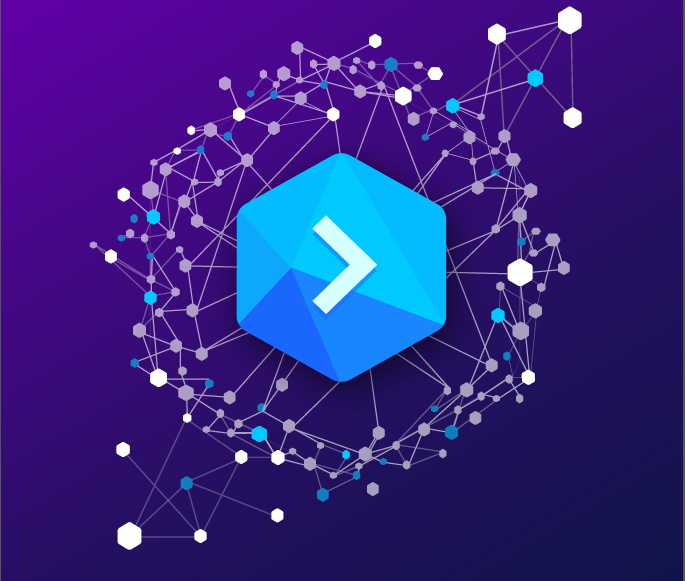
INTRODUCTION
Companies struggle with implementing development automation even though it has so much benefits it is very difficult to adopt because first and foremost it requires a lot of hands on deck because a lot of programming languages, framework and services have to be used including the blockchain. Secondly large teams using DevOps as a key differentiator and value driver, struggle to scale their operational infrastructure. However all this difficulties can be avoided by using BUDDY
What is BUDDY
BUDDY is a blockchain based platform that takes away the stress involved in developing blockchain applications and makes it a lot more interesting. Just as WordPress has made building sites a lot easier that you don't have to stress youself building a site from scratch so also BUDDY is offloading the burden of everything that can be automated from developers thereby giving them more time to be creative. All this is made possible using the BUDDY tools.
A brief history of BUDDY
The BUDDY team was founded in 2007 while bootstrapping springloops a popular subversion hosting platform with deployment tools for web developers. They learned the technical know-how and technology trends that would later birth BUDDY

DevOps Market Place
This is a market place where user can get crafted automated actions to ease their works. BUDDY has contributed over 80 carefully crafted automations to cater for the needs of user and just like the android play store we use on our mobile phones the platform is open to third party developers who can deliver their own actions within the BUDDY ecosystem and use it for their own development automation pipelines and can choose to make it free or attach a fee to it. Below is an example of how it works
This gives room for unlimited opportunities, even though this ides require significant development efforts the value they offer to the community is tremendious.
securify
Mistakes occur most times and even the most experienced developers are bound to make mistakes thus automating testing and making it easy to plug into any dApps development workflow Would drastically increase the quality and safety of smart contracts. Securify is a free software provided by software reliability lab. The software allows automated analysis of any etherum contract for critical security vulnerabilities and insecure coding through a website. Below is an example
Once securify is published as a dedicated action to the DevOps market place, anyone will be able to add it to their automation pipelines and report issues as soon as they are introduced into the codebase. This will help improve code quality and reduce shipment time by eliminating unnecessary code rewrites that, when done late, take much time and require additional testing.
private automation grid
The concept of the private automation grid as the name implies private is to create a network of instances that will use auto discovery and replication capabilities to create high availability auto scalable infrastructure for development and deployment automation.
Shared Automation Grid
This is almost the same as the Private Automation GRID. The shared automation GRID comes into play when a user wants to run instances of a task that require a lot of resources, but the user does not have the necessarily resources. With the shared automation Grid, the instances can be run by other nodes (users) that have the resources readily available.
The Shared Automation Grid and the Private Automation grid can be made to work with each other. For example, the private automation grid can be used to deploy a software, while the testing of the software can be shared unto other users via the shared automation grid. This would enable all the required tests on the software be done simultaneously.
Nodes that run the instances in the shared automation GRID can report other nodes that are broken or dishonest, either due to technical issues or due to abuse. Check the image above.
It should be noted however, that only actions that are accepted in the DevOps marketplace after curation are accepted in the Shared Automation Grid.
The Compute Unit:
The compute unit is the basis of the shared automation GRID. The compute unit can be regarded as the node of the Shared automation Grid, as when an instance owner decides to share the instances of the task that requires a lot of resources, the compute unit is the entity that can be assigned as a node so as to run the instance of that task. The specification of a compute unit is 2 vCPUs, 2GB of RAM and 4GB of SSD storage. Only instances that pass the benchmark of a standardized VCPU would be accepted by BUDDYwhile the storage is used to perform, save and transfer tasks. Once tasks are completed, the storage is released.
Buddy - automated development and deployment achieved
okipeter (48) in crypto • yesterday
Introduction:
Companies tend to always want to deliver high end services to their customers. And, in a bid to do this, their infrastructure build become complex and expensive, since it requires 24/7 maintenance, even though, a complex and expensive infrastructure build is not the effective way to deliver high end services. However, what if I told you there was a platform that enables companies to focus on the shipping and automation metrics improvement, since this is the effective way to deliver high end services. Take a walk with me, let’s talk BUDDY.
line.PNG
buddy.PNG
BUDDY:
BUDDY is a platform based on the blockchain. This platform makes development more fun and less tasking. BUDDY contains a number of tools that takes the arduous and time-wasting part of development and throw it in the trash can. I know you want to know how BUDDY achieves this. Well here it comes:
DevOps Marketplace:
The DevOps Marketplace is to BUDDY as the playstore is to google. The DevOps marketplace is a place where web developers can go to and they are sure to get automation scripts. Just like the playstore, where some apps are free and paid for, in the DevOps marketplace, some scripts are free, while some scripts are premium. Also, developers can submit their scripts to the DevOps marketplace and they can earn cool cash.
marketplace.PNG
BUDDY takes the accessibility of this marketplace to another level by opening the market place to third party developers. These third party developers can then provide their actions in the BUDDY platform, and then use this actions in their development processes. Check out the image below, which shows some third party actions from the BUDDY ecosystem and their use cases.
third_party_actions1.PNG
third_party_actions2.PNG
third_party_actions3.PNG
To ensure that only quality codes are submitted to the DevOps marketplace, the marketplace is curated. The curation of the DevOps marketplace also prevents plagiarism, while encouraging and providing support to developers.
To let us see the way the DevOps marketplace works, lets take a look at Securify.
Securify is a service that is provided by Software Reliability Lab. It is a free service. Securify ensures that Ethereum contracts are secured and free from any and all vulnerabilities. This is achieved by the automatic analysis of Ethereum contracts through a website. Check out the image below, which shows an example.
security_report.PNG
You see, once securify is unveiled on the DevOps marketplace as a dedicated action, users can use securify to ensure that their codes are free from vulnerabilities. This would improve the quality of codes, and at the same time, apps would be deployed at a faster rate (since there would be no need to do code rewrites and additional testing, as Securify has taken care of that).
Private Automation GRID:
The Private Automation Grid enables the running of private BUDDY instances.
private_grid.PNG
At the moment that new BUDDY instances are created, their roles are automatically decided. The first two instances create a master-master replication. This replication is to enable the creation of a high availability system. Then, all other instances created would be regarded as agents, these agents would be used to run pipelines in parallel.
BUDDY can end instances that are no longer required, so as to keep up with the load on the system. BUDDY does this by making use of integrations with IaaS providers such as AWS, google cloud, or any other BUDDY GRIDs that are trusted and provided by BUDDY and/or its certified partners.
From our discussion thus so far, we can see that the private automation grid has enabled a high availability auto-scalable infrastructure, with the user fully in control.
Shared Automation Grid:
This is almost the same as the Private Automation GRID. The shared automation GRID comes into play when a user wants to run instances of a task that require a lot of resources, but the user does not have the necessarily resources. With the shared automation Grid, the instances can be run by other nodes (users) that have the resources readily available.
shared_automation_integration_with_private_automation.PNG
The Shared Automation Grid and the Private Automation grid can be made to work with each other. For example, the private automation grid can be used to deploy a software, while the testing of the software can be shared unto other users via the shared automation grid. This would enable all the required tests on the software be done simultaneously.
nodes.PNG
Nodes that run the instances in the shared automation GRID can report other nodes that are broken or dishonest, either due to technical issues or due to abuse. Check the image above.
It should be noted however, that only actions that are accepted in the DevOps marketplace after curation are accepted in the Shared Automation Grid.
The Compute Unit:
The compute unit is the basis of the shared automation GRID. The compute unit can be regarded as the node of the Shared automation Grid, as when an instance owner decides to share the instances of the task that requires a lot of resources, the compute unit is the entity that can be assigned as a node so as to run the instance of that task. The specification of a compute unit is 2 vCPUs, 2GB of RAM and 4GB of SSD storage. Only instances that pass the benchmark of a standardized VCPU would be accepted by BUDDY, while the storage is used to perform, save and transfer tasks. Once tasks are completed, the storage is released.
renting_of_compute_unit.PNG
Compute units can be rented by requesters in exchange for BUDDY tokens (billing is done per second). The BUDDY tokens are only paid to the supplier when a task is completed. The requester sets the maximum amount he is willing to pay, while the supplier set the minimum amount he is willing to collect, while providing a timetable as well.
The compute unit uses a 3-layer parallelism system. BUDDY does this so as to create a strong demand for compute units. With the 3-layer parallelism system, project are divided into pipelines, pipelines are dived actions, and actions are divided into tasks.
At the project level, multiple pipelines are run at once, and this depends on the number of compute units available. For example, for 2 pipelines to be run at once, 2 compute units are needed, while for 3 pipelines, 3 compute units are needed.
At the Pipeline level, many actions are run at the same time within a pipeline. Running 2 pipelines with 2 concurrent actions would require 4 Compute Units.
At Action level, multiple tasks are run at once. An action can be divided into tasks running in parallel to each other. In running 2 pipelines alongside 2 concurrent actions holding 2 tasks each, it would require 8 Compute Units
Blockchain operations:
The same way Buddy has been able to integrate the automation development to web developers it has also channeled that integration into blockchain based projects. This service can now be used by blockchain developers to design automation pipelines with ready-to-go actions. This process has been made easy by Buddy as all that is needed is to pick your desired element and put it in the desired place, adjusting the configuration as needed by the developer.
BlockchainOps actions are available in the DevOps Marketplace (see picture below).
DAppOs:
Buddy brings to play ready-to-use development environments called dAppOs. This acts as a key solution to bootstrapping Blockchain-based projects like dApps. Generally it’s a mix of frontend and backend stacks with terust logic residing on a Blockchain. dappOs such as Sandboxes can be extended with additional services and extensions like MySQL, Redis,Mongo or Elastic databases making it easy to extend the development stack.
Distributed BaaS:
The Distributed Blockchain-as-a-Service. Buddy allows blockchain developers using the system to be more productive by letting them concentrate on building exactly what they desire regardless of what it is. New blockchains can be creatd by a user with a single click.
Distributed BaaS:
The Team
Roadmap 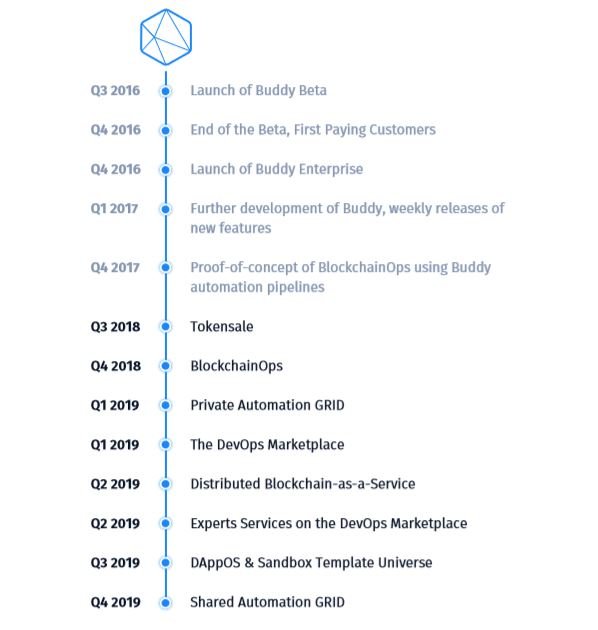
market partners
customers
For More Information & Resources • Buddy Website
• Buddy WhitePaper
• Buddy OnePager
• Buddy Token Sale
• Buddy YouTube
• Buddy BitcoinTalk
• Buddy Facebook
• Buddy Telegram
• Buddy Linkedin
• Buddy Twitter
• Buddy Medium
• Buddy Github
This is an original works contest you can participate here
Link to tweet
buddytwitter
buddy2018

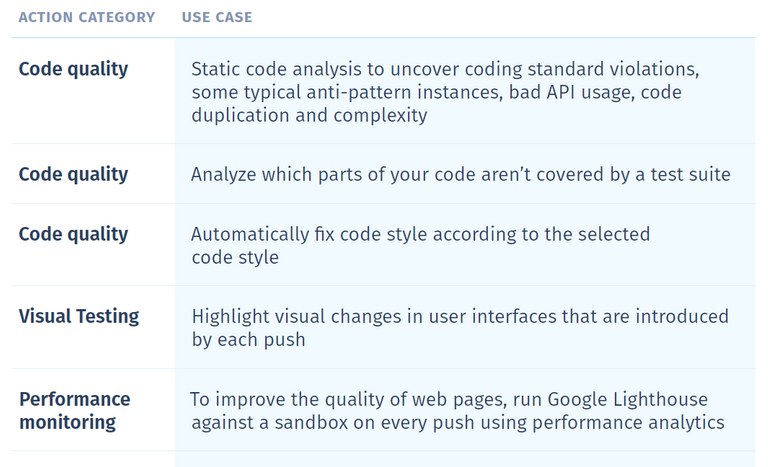
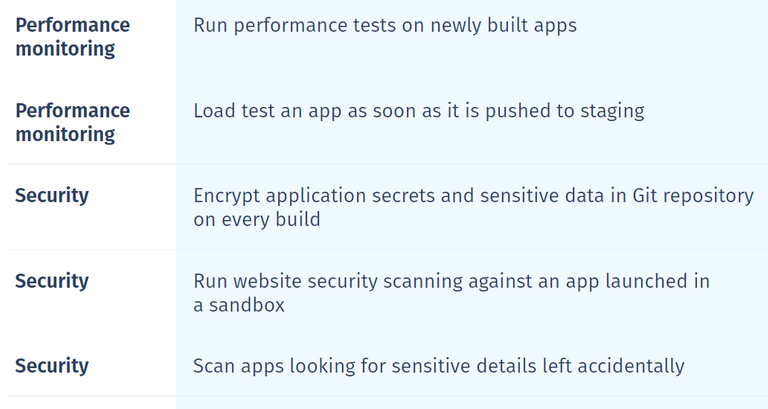

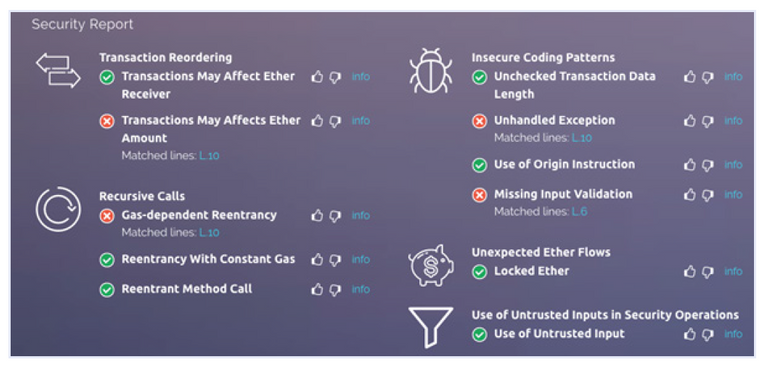
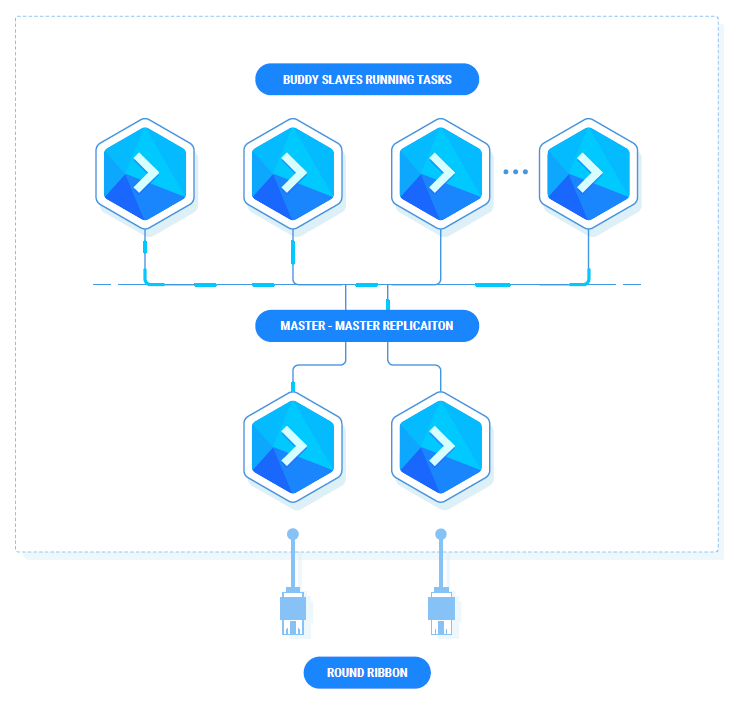
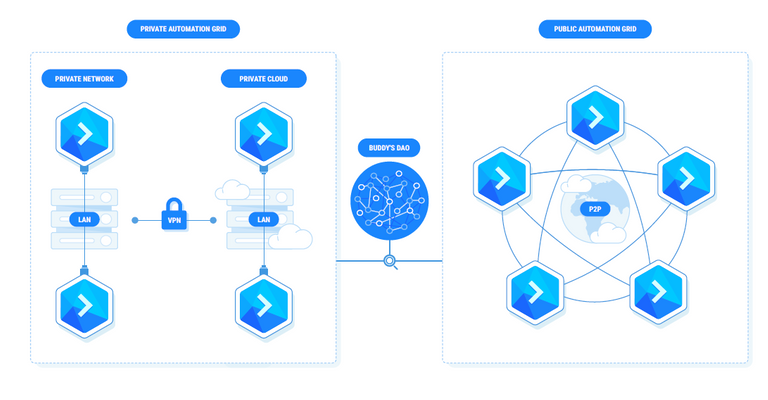
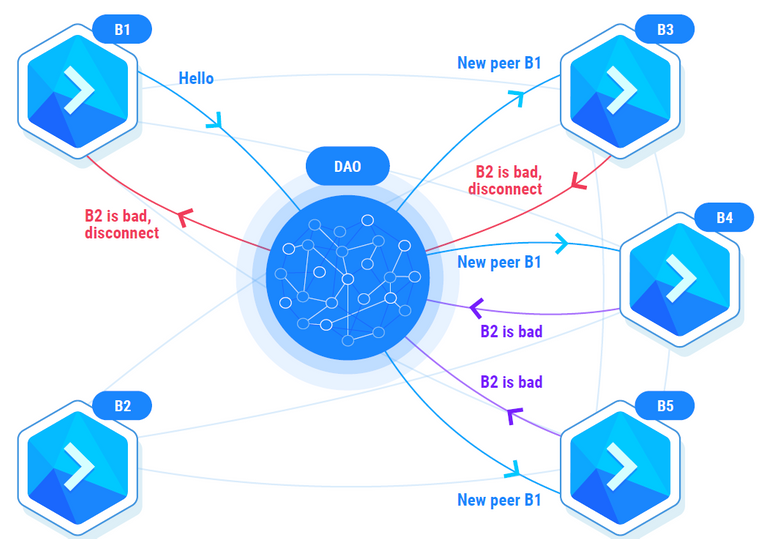
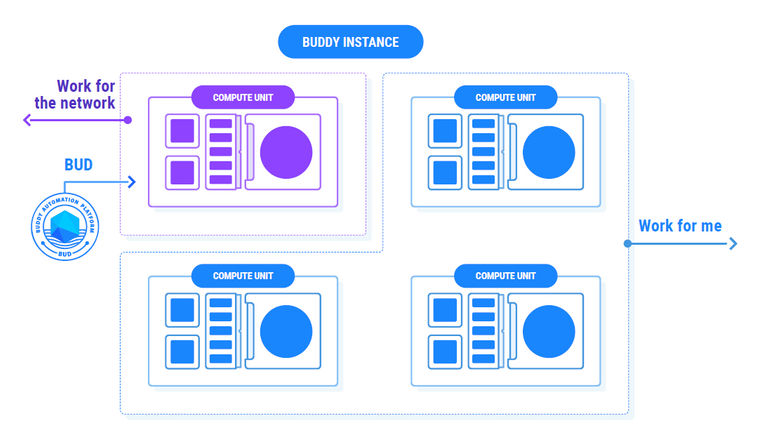
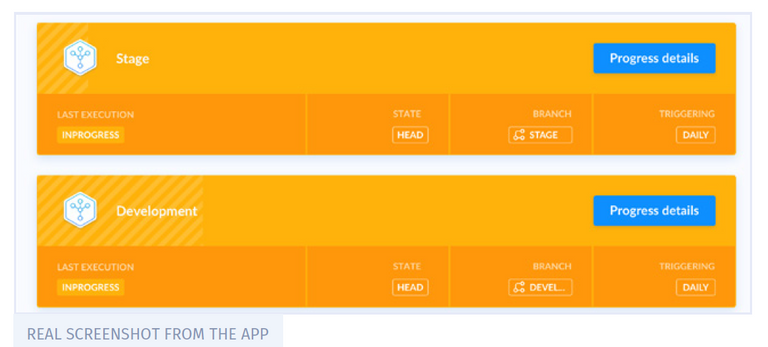
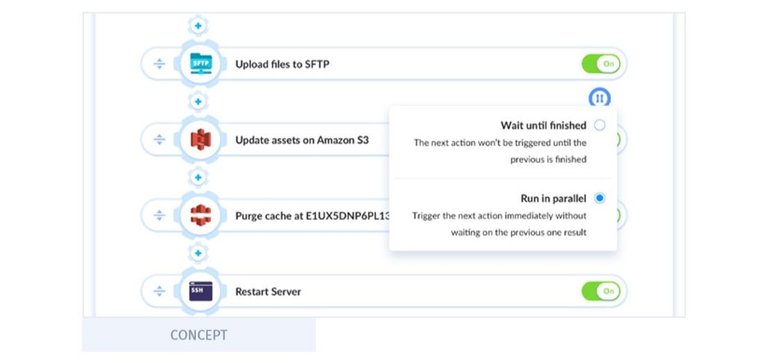

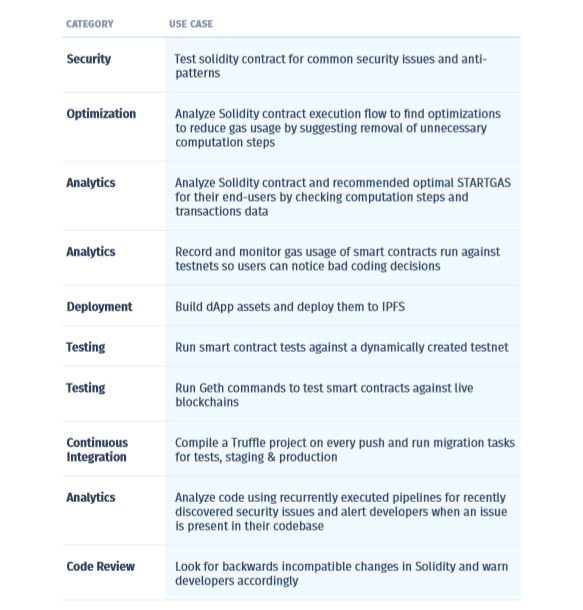


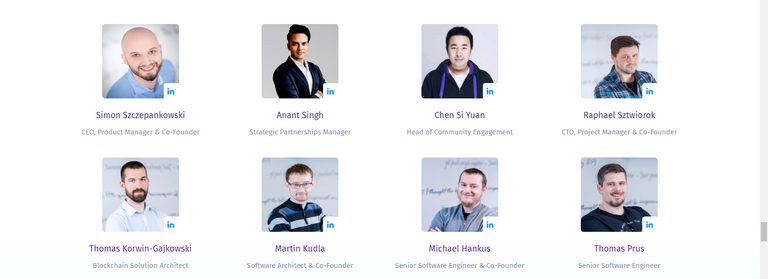
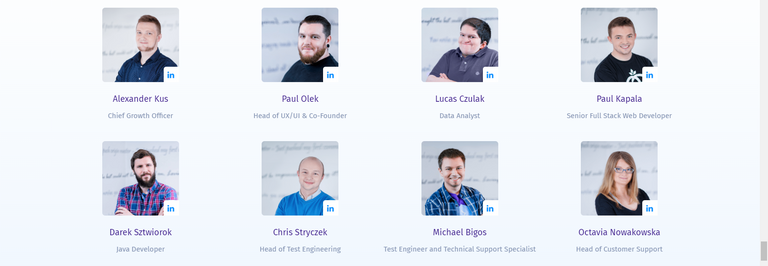
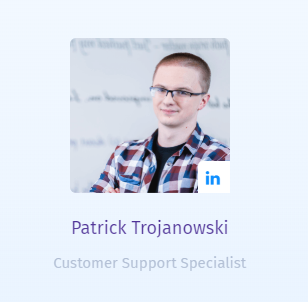


Great review!, I love it. Too bad your entry is well above time.
This post has been submitted for the @OriginalWorks Sponsored Writing Contest!
You can also follow @contestbot to be notified of future contests!
Congratulations @minnowsgrow! You received a personal award!
You can view your badges on your Steem Board and compare to others on the Steem Ranking
Vote for @Steemitboard as a witness to get one more award and increased upvotes!